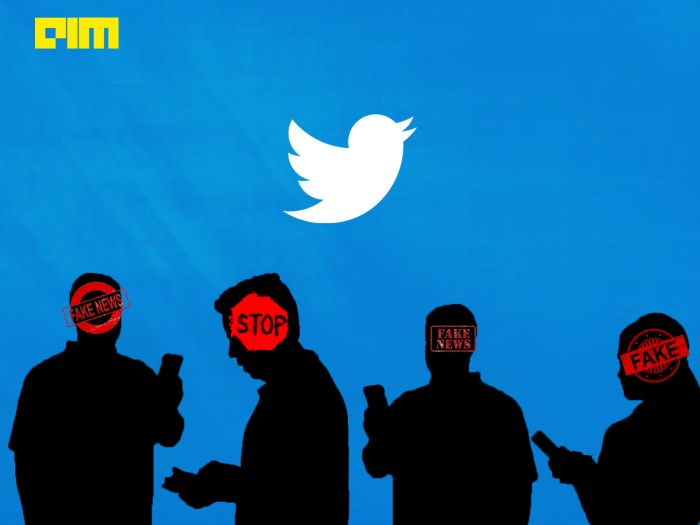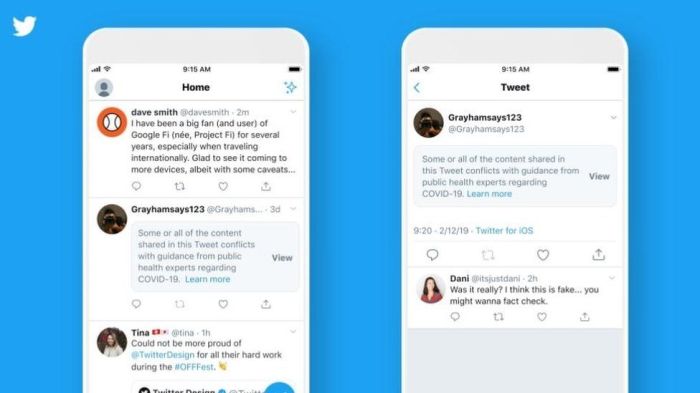The Novelty of the Concept
The idea of a Game Boy screen displaying a Twitter feed is inherently funny and absurd. It’s a collision of two distinct worlds: the nostalgic charm of a handheld gaming device from the 1990s and the ever-present, often chaotic, world of social media. This concept plays on the inherent nostalgia associated with the Game Boy, a device that evokes memories of simpler times, while simultaneously acknowledging our modern reliance on social media platforms like Twitter. The juxtaposition of these two elements creates a humorous and thought-provoking commentary on how technology has evolved over the years.
Examples of Retro-Futuristic Concepts in Popular Culture
The concept of a Game Boy displaying a Twitter feed is a prime example of “retro-futurism,” a trend in popular culture that combines elements of the past with futuristic ideas. Retro-futurism is often characterized by a fascination with technology and a desire to reimagine the past through a modern lens. This trend has manifested itself in various forms of media, including film, television, and literature.
Here are some examples of retro-futuristic concepts in popular culture:
- The film “Back to the Future” (1985) depicts a future where hoverboards, self-lacing shoes, and flying cars are commonplace. While these technologies haven’t fully materialized, the film’s depiction of a retro-futuristic world resonated with audiences and has influenced subsequent depictions of the future.
- The television show “Stranger Things” (2016-present) incorporates 1980s aesthetics and technology into its narrative, blending elements of nostalgia with sci-fi elements. The show’s use of retro-futuristic elements has contributed to its popularity and cultural impact.
- The video game “Fallout” series (1997-present) depicts a post-apocalyptic world where technology has regressed, resulting in a blend of retro and futuristic elements. The series’ retro-futuristic aesthetic has been praised for its unique and evocative world-building.
The Technical Feasibility
A Game Boy Twitter feed viewer would be a fun and nostalgic project, but it’s not as simple as just plugging a Game Boy into the internet. There are some significant technical hurdles to overcome.
The main challenge lies in bridging the gap between the Game Boy’s limited hardware and the demands of modern internet connectivity and data processing.
The Game Boy’s Display Technology
The Game Boy’s display technology is significantly different from that of modern smartphones. The Game Boy uses a monochrome LCD (Liquid Crystal Display) with a resolution of 160×144 pixels, compared to the high-resolution, color LCDs found on smartphones.
- The Game Boy’s display can only render a limited number of colors, unlike modern smartphones which support millions of colors.
- The Game Boy’s display is also significantly smaller than modern smartphone screens, meaning that a Twitter feed would need to be heavily condensed to fit on the screen.
Connectivity and Data Processing
The Game Boy was not designed for internet connectivity, and its processing power is far less than that of a modern smartphone.
- A device would need to be created that could bridge the Game Boy’s communication capabilities with modern internet protocols. This would involve a custom hardware solution for connecting to a wireless network and translating data between the Game Boy’s internal format and the internet’s protocols.
- The device would also need to be able to process the data received from the internet, extract the relevant information from a Twitter feed, and then display it in a format that the Game Boy can understand.
A Hypothetical Schematic, Game boy screen shows off twitter feed its a fake
Imagine a device that combines a small, low-power computer with a Game Boy cartridge. This device would be responsible for connecting to the internet, processing the Twitter feed, and sending the relevant information to the Game Boy’s display.
- The device would have a built-in wireless network adapter to connect to the internet.
- It would also have a processor capable of running software that could interact with Twitter’s API (Application Programming Interface) to retrieve and process tweets.
- The device would have a small memory to store the processed data and a small display driver to send the information to the Game Boy’s screen.
- The device would also need a power source to operate, as the Game Boy’s battery wouldn’t be enough to power both itself and the internet-connected device.
The Cultural Impact: Game Boy Screen Shows Off Twitter Feed Its A Fake
The prospect of a Game Boy-style device dedicated to displaying a live Twitter feed is undeniably intriguing. It taps into the cultural zeitgeist of social media obsession, presenting a novel way to interact with the digital world. But beyond the novelty, the device has the potential to become a cultural phenomenon, sparking online discussions, generating memes, and even influencing how we perceive social media.
Viral Potential and Memes
The device’s potential to become a viral sensation is undeniable. Its unique design, reminiscent of a classic gaming device, coupled with its quirky function, is a recipe for internet fame. The device could easily become a meme, with people creating humorous scenarios involving its use, such as “trying to use it during a meeting” or “being the only one in the room without a phone.” This viral potential could be further amplified by social media influencers showcasing the device and engaging with their followers.
Marketing and Advertising
The device’s potential for marketing and advertising campaigns is equally compelling. Brands could utilize the device to create engaging social media campaigns, offering exclusive content or experiences to users. Imagine a fast-food chain offering a limited-time menu item only accessible through the device, or a music streaming service offering a free trial to those who follow their official Twitter account. The device could also be used to promote events, products, or services, leveraging the real-time nature of Twitter to create a sense of urgency and excitement.
Hypothetical Timeline of Events
- Initial Release and Buzz: The device is launched, generating immediate buzz online. Social media users create memes and share humorous videos of themselves using the device. Tech blogs and websites feature articles and reviews, discussing its functionality and potential.
- Social Media Influencer Adoption: Popular social media influencers begin using the device, further amplifying its visibility and generating more content. Brands start to experiment with marketing campaigns using the device, showcasing its potential for engaging audiences.
- Mainstream Adoption: The device becomes a cultural phenomenon, with people of all ages using it to stay connected to Twitter. News outlets report on the device’s impact on social media culture, and the device becomes a staple in social gatherings and events.
- Evolution and Expansion: The device evolves, adding new features and functionalities. The manufacturer explores new partnerships with social media platforms and brands, expanding its reach and capabilities.
Game boy screen shows off twitter feed its a fake – While the idea of a Game Boy Twitter feed might seem like a fun novelty, it’s also a reminder of how far we’ve come in terms of technology and social media consumption. The way we interact with the world, and each other, has changed dramatically since the days of the Game Boy. This “fake” concept has generated a lot of conversation and highlights the enduring appeal of nostalgia and the constant evolution of technology. It’s a playful reminder that sometimes, the most intriguing ideas are the ones that challenge our assumptions and make us question the future.
Seeing a Game Boy screen displaying a Twitter feed is definitely a head-scratcher, but it’s all a clever prank. The real head-scratcher is the way companies like EA manipulate their games with microtransactions. Remember the uproar over battlefront 2 microtransactions ea earnings ? That’s the kind of stuff that makes you question the whole industry, and maybe even makes you think that a Game Boy with Twitter is actually a more honest form of entertainment.
 Standi Techno News
Standi Techno News

